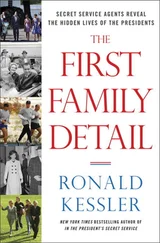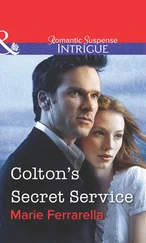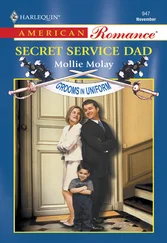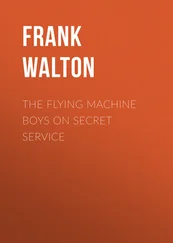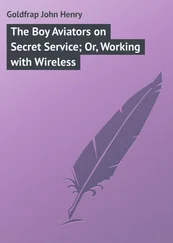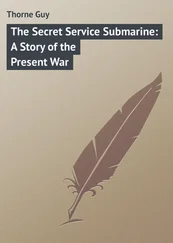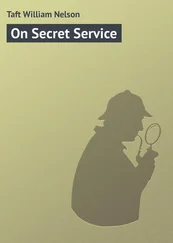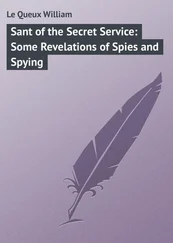In protecting the White House and providing security at events, the Uniformed Division employs canine units. Mainly Belgian Malinois, most of the dogs are cross-trained to sniff out explosives and to attack an intruder. Much like German shepherds in appearance, the breed is believed to be higher energy and more agile. The dogs are prey driven, and ball play is their reward after they locate their “prey.” The Secret Service pays forty-five hundred dollars for each trained canine unit. In all, the agency has seventy-five of them.
While waiting to check cleared vehicles that arrive at the White House’s southwest gate, the dogs stand on a white concrete pad that is refrigerated in summer so their paws don’t get hot. Each dog eagerly checks about a hundred cars a day.
Demonstrating how a canine unit operates, a technician in the underground garage at Secret Service headquarters proudly introduces Daro, a brawny eighty-seven-pound Czech shepherd. The dog is presented with a real-world scenario: Hidden from view, a metal canister holding real dynamite has been planted behind a dryer, which is used in laundering the rags that polish the president’s limos. Because the dynamite is not connected to a blasting cap or fuse, it is considered safe to bring it into headquarters.
Daro races around the parked cars, sniffing. Then he walks up to the dryer, stops, and sits. At this point, some explosives-sniffing dogs are trained to bark, but Daro sits down, as he has been trained to do. After his success, his reward is not the usual doggie treat but a hard red rubber ball, which he ravages, chewing off bits of red rubber.
The dogs are certified once a month. For new recruits, there’s a seventeen-week canine school at the Secret Service training facility in Laurel, Maryland, where the dogs are paired up with their handlers. The dogs come with a lot of training already, but the Secret Service gives them more—in explosives detection and in emergency response to incidents such as a fence jumper at the White House.
“You know right away if there’s a fence jumper,” a Secret Service agent says. “There are electronic eyes and ground sensors six feet back [from the sidewalk] that are monitored twenty-four hours a day. They sense movement and weight. Infrared detectors are installed closer to the house. You have audio detectors. Every angle is covered by cameras and recorded.”
Uniformed Division officers and the Uniformed Division’s Emergency Response Team, armed with P90 submachine guns, are the first line of defense.
“If somebody jumps that fence, ERT is going to get them right away, either with a dog or just themselves,” an agent says. “They’ll give the dog a command, and that dog will knock over a two-hundred-fifty-pound man. It will hit him dead center and take him down. The countersniper guys within the Uniformed Division are always watching their backs.”
A suspect who is armed and has jumped the fence may get a warning to drop the weapon. If he does not immediately obey the command, the Secret Service is under orders to take the person out quickly rather than risk any kind of hostage-taking situation.
As part of their work in developing criminal profiling, FBI agents under the direction of Dr. Roger Depue interviewed assassins and would-be assassins in prison, including Sirhan B. Sirhan, who killed Bobby Kennedy, and Sara Jane Moore and Lynette “Squeaky” Fromme, both of whom tried to kill President Ford.
The FBI profilers found that in recent years, assassins generally have been unstable individuals looking for attention and notoriety. In many cases, assassins keep diaries as a way of enhancing the importance of their acts. Like most celebrity stalkers, assassins tend to be paranoid and lack trust in other people.
“Usually loners, they are not relaxed in the presence of others and not practiced or skilled in social interaction,” John Douglas, one of the profilers who did the interviews, wrote in his book Obsession . Often detailing their thoughts and fantasies in a diary, assassins “keep a running dialogue with themselves,” Douglas said. Before an assassination attempt, the perpetrator fantasizes that “this one big event will prove once and for all that he has worth, that he can do and be something. It provides an identity and purpose,” Douglas said. As a result, assassins rarely have an escape plan. Often, they want to be arrested.
When interviewed in prison, Sirhan told profiler Robert Ressler that he had heard voices telling him to assassinate Senator Kennedy. Once, when looking in a mirror, he said he felt his face cracking and falling in pieces to the floor. Both are manifestations of paranoid schizophrenia, Ressler wrote in his book Whoever Fights Monsters .
Sirhan would refer to himself in the third person. An Arab born in Jerusalem of Christian parents, Sirhan asked Ressler if FBI official Mark Felt—later identified as Deep Throat—was a Jew. He said he had heard that Kennedy supported the sale of more fighter jets to Israel. By assassinating him, he believed he would snuff out a potential president who would be a friend of Israel, Sirhan told Ressler.
When John Hinckley tried to assassinate President Reagan, the FBI’s Washington field office called on the FBI profilers for help. While the Secret Service is in charge of protecting the president, the FBI is in charge of investigating assassinations and assassination attempts.
Douglas and Ressler had identified typical characteristics of the assassin. Based on that research, Ressler told the FBI that Hinckley would have had a fantasy about being an important assassin and would have photographs of himself for the history books, records of his activities kept in a journal or a scrapbook, materials about assassinations, and audio tapes of his exploits. The agents were able to use the tips in drawing up search warrants for Hinckley’s home. They found all of the items Ressler had described.
Sometimes if would-be assassins decide security at the White House looks too tight, they try the Capitol instead. That was the path taken by Russell E. Weston, who shot up the Capitol on July 24, 1998. Weston walked into the Capitol through a doorway on the east side and shot and killed Capitol Police Officer Jacob J. Chestnut, who manned a security post there. Then Weston burst through a side door leading into the offices of Republican Representative Tom DeLay of Texas, the majority whip. Weston then shot Capitol Police Detective John M. Gibson, who returned fire and wounded the assailant.
The two Capitol Police officers died. Republican Senator Bill Frist of Tennessee, a medical doctor, raced across the Capitol and helped save Weston’s life.
Weeks earlier, Weston had called the Secret Service in Montana, where he lived. He spoke with agent Norm Jarvis, claiming he was John F. Kennedy’s illegitimate son and was entitled to share in the Kennedy family trusts. Jarvis let him ramble on.
“I asked if he was being threatened by anybody in the government,” Jarvis recalls. “Did he have any feelings towards the president? What was getting him upset at this time? Because psychotics have these episodes. Suddenly something sparks them, and they get wound up.”
Weston did not express any anger toward the president, who at the time was Bill Clinton. But years earlier, he had penned a non-threatening but disturbing letter to the president, and as a result, Jarvis’s predecessor in Montana interviewed him. While that agent, Leroy Scott, concluded then that Weston did not represent a threat to the president, he established a relationship with the man, as good agents do.
“Weston would call and speak to Leroy now and then whenever he was upset about something,” Jarvis says. “He was an on-call counselor, if you will. We acquire pet psychos along the way during a career. You’d get a call from another agent from somewhere in the country once in a while looking for background information. It was not uncommon for repeat psych cases to carry an agent’s business card with them. They would usually produce those cards at some point during an interview if they had a repeat episode.”
Читать дальше

